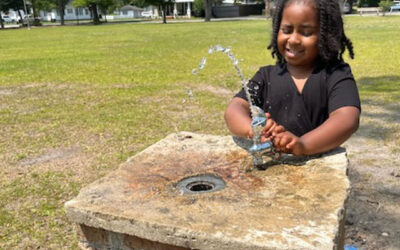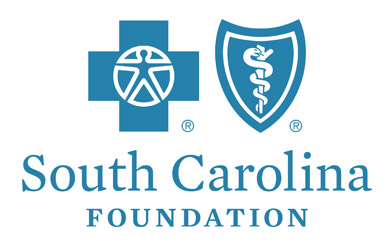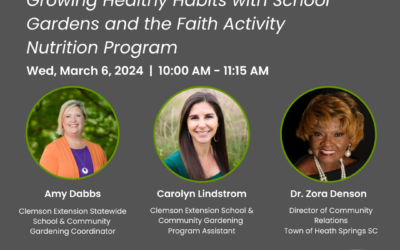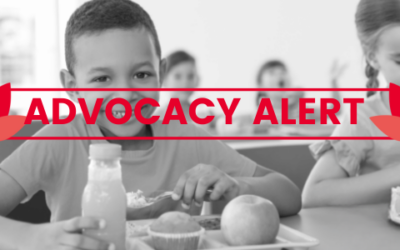The HYPE Team on the steps of City Hall after they advocated to City Council for park improvement A group of young changemakers at the Dillon County Girls and Boys Youth Center in the City of Dillon have sparked significant improvements in a local park and influenced...
PSE Strategies
Ridge Spring Focusing on Getting Families Outside More Often
New sensory equipment Rural municipalities are relying on increased community engagement to enhance amenities and opportunities for families to explore local businesses, as well as provide inclusive play opportunities for children of all abilities. Focusing on these...
Partner Spotlight: BlueCross BlueShield of South Carolina Foundation
The Wholespire Partner Spotlight Series shines a light on the remarkable collaborations and impactful initiatives of our valued partners. In this series, we highlight the incredible work being done by organizations and individuals who share our vision and commitment...
Healthy Palmetto partners are increasing healthy eating and active living opportunities
Getting multiple organizations with different missions on the same page isn’t an easy task. It takes a lot of coordination, planning and communication. But, Healthy Palmetto, the coalition responsible for implementing the healthy eating and active living portion of...
Growing Healthy Habits with School Gardens and the Faith, Activity and Nutrition Program
During this presentation, Amy Dabbs and Carolyn Lindstrom with Clemson Extension School and Community Gardening will review the benefits of school gardening and resources available for South Carolina schools to grow and sustain their gardens. The Clemson Extension...
Navigating the Fine Line: Balancing Advocacy and Lobbying for Effective Impact
Are you passionate about advocacy but concerned about the fine line between impactful advocacy and lobbying expenses? Join us for an insightful webinar, ” Navigating the Fine Line: Balancing Advocacy and Lobbying for Effective Impact,” where we delve into the art of...
Building Bridges: A Collaborative Partnership Between Community Coalition and Schools
Get ready to learn about the exciting initiatives underway in our state that aim to bridge the gap between communities and schools! Join us as Rachel Fobare takes us on a journey through the implementation of Erin’s Law in our schools and shares valuable information...
Ask your State Representative to Support Healthy School Meals for All
House Bill 5022 seeks to give all public school students breakfast and lunch each school day at no cost to families!
Global Data
Global Data is a data and analytics provider. Access Obesity’s Impact on South Carolina’s Economy and Labor Force, their study on the economic and workforce implications of obesity in the State of South Carolina, as well as the impact on state tax revenue collections and costs. The analysis focuses on adults who are currently part of the workforce or would have been in the workforce if they did not have obesity.









